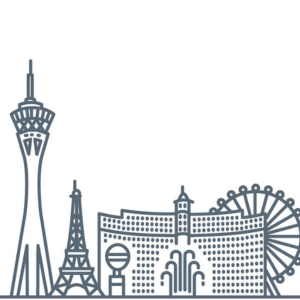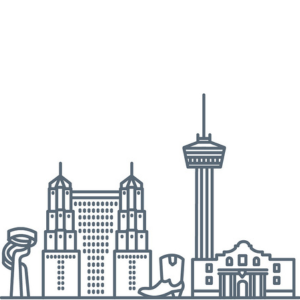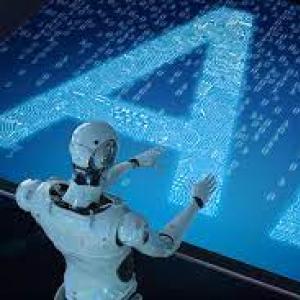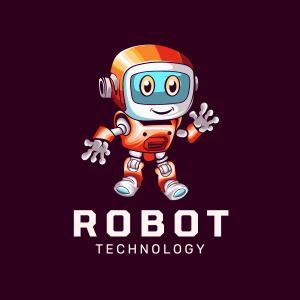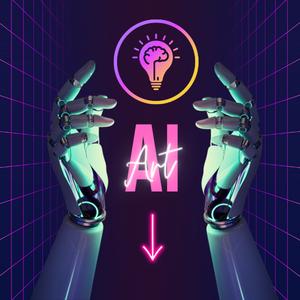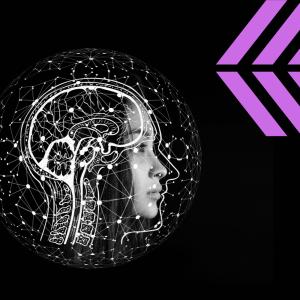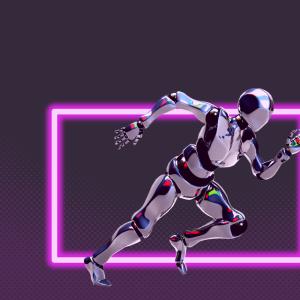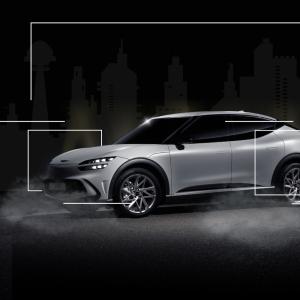Transforming Industry: The Impact of AI and Robotics in Manufacturing
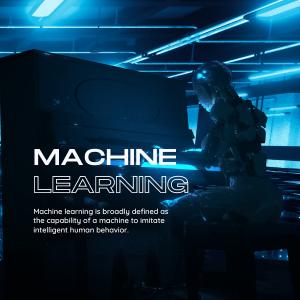
The integration of artificial intelligence (AI) and robotics has ushered in a new era of innovation and efficiency in the realm of industrial processes and manufacturing. From predictive maintenance to lights-out facilities, these technologies are revolutionizing the way goods are produced, enhancing productivity, quality, and safety across various industries.
One of the key applications of AI in manufacturing is predictive maintenance, which leverages machine learning algorithms to anticipate equipment failures before they occur. By analyzing data from sensors and historical maintenance records, AI systems can identify patterns indicative of potential malfunctions and schedule maintenance proactively, minimizing downtime and reducing maintenance costs.
Robotic automation represents another cornerstone of modern manufacturing, enabling streamlined production processes and increased operational efficiency. Robots equipped with AI-powered vision systems and dexterous manipulators can perform tasks with speed and precision, ranging from assembly and welding to material handling and packaging. The deployment of robotic automation in factories enhances productivity, reduces error rates, and mitigates workplace hazards associated with repetitive or hazardous tasks.
Collaborative robots, or cobots, exemplify the synergy between human workers and robotic automation in manufacturing settings. Unlike traditional industrial robots confined to safety cages, cobots can work alongside humans, assisting with tasks that require precision or strength while ensuring safe interaction through advanced sensors and algorithms. This collaborative approach to automation enhances flexibility and adaptability in production processes, empowering human workers to focus on higher-level tasks that require creativity and problem-solving skills.
The concept of lights-out manufacturing facilities represents the ultimate convergence of AI and robotics, where production processes are entirely operated by autonomous systems without human intervention. Enabled by AI-driven decision-making algorithms and robotic automation, lights-out facilities offer continuous operation, optimized resource utilization, and unparalleled efficiency. While still in its infancy, this paradigm has the potential to reshape the manufacturing landscape, driving unprecedented levels of productivity and cost-effectiveness.
In conclusion, the role of AI and robotics in industry and manufacturing is transformative, unlocking new possibilities for efficiency, quality, and innovation. From predictive maintenance and robotic automation to collaborative robots and lights-out facilities, these technologies empower manufacturers to meet the demands of a rapidly evolving market landscape while driving sustainable growth and competitiveness. As AI and robotics continue to advance, their integration into manufacturing processes will undoubtedly shape the future of industry, driving progress and prosperity worldwide.










